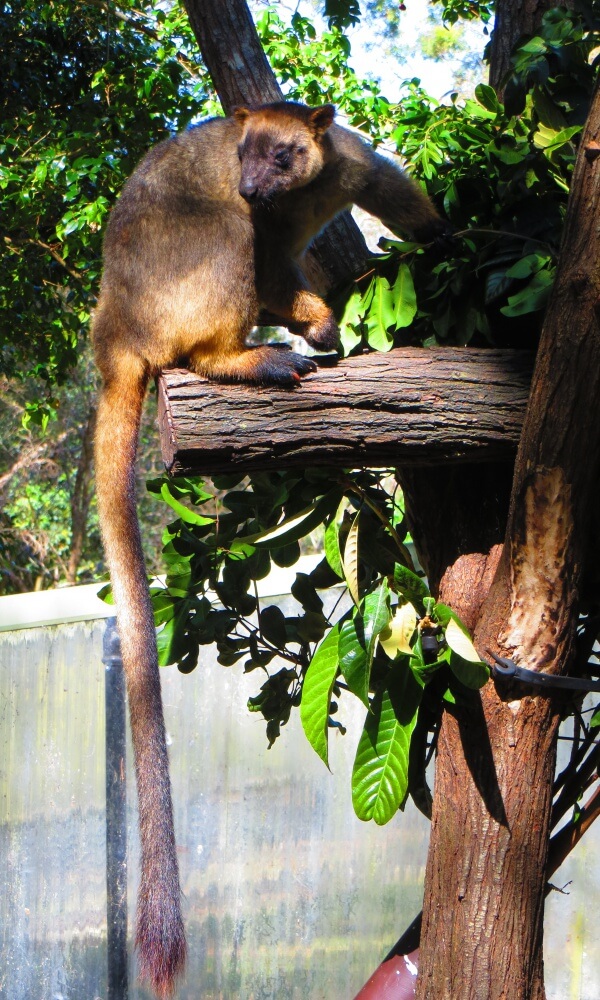Facts About Lumholtz's tree-kangaroo
Lumholtz's tree-kangaroo is a fascinating species that inhabits the rainforests of the Atherton Tableland Region in Queensland. Named after the Norwegian explorer Carl Sofus Lumholtz, this species is classified as near threatened by the IUCN and is a rare sight.
As the smallest of all tree-kangaroos, males typically weigh around 7.2 kg, while females are slightly lighter at 5.9 kg. These animals are easily recognizable by their powerful limbs, grizzled grey fur, and distinctive black muzzle, toes, and tail tip.
Generally, Lumholtz's tree-kangaroos prefer a solitary lifestyle, except during mating season and when a mother is caring for her joey. They are territorial animals and can be quite antagonistic towards intruders of the same sex. Mating is a brief yet aggressive affair.
In June 2019, alarming reports emerged about many tree-kangaroos going blind, possibly due to a viral infection or toxins in their food caused by unusually dry weather. However, subsequent studies have not found widespread evidence to support this.
Lumholtz's tree-kangaroo is a captivating species with unique behaviors and challenges, underscoring its critical importance for conservation efforts.
